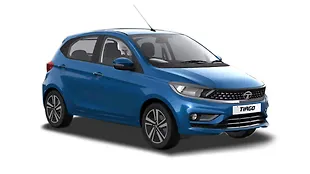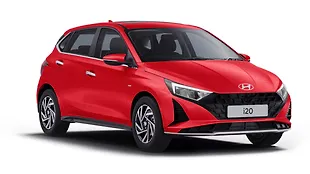
The all-new Hyundai Santro is not a replacement to the Eon that will compete with the Alto series. It is, in fact, a successor to the Hyundai i10 – a car that was one of the first compact hatchbacks which weren’t as big as the Swifts and certainly not as expensive as well. The Santro now has the perfect rival in the already established Maruti Suzuki Celerio and we compared the fully loaded manual transmission versions of both the hatches to see which one of them does better, at least on paper.
Exterior
The Maruti Celerio comes from that era of Marutis where styling wasn’t really a priority. It is simple, sleek and largely functional in its design. On the other hand, in the past decade, Hyundai has been known for its dramatic styling, especially for the smaller cars and the Santro is just all of that. In terms of styling, the Santro does lunge ahead.
Both the cars get fog lamps, electric folding body-coloured mirrors along with the rear wiper. While the Celerio misses out on rear parking camera with a display, the Santro misses out on alloy wheels. In terms of size though, the Santro is bigger, especially because it is 45mm wider and 10mm longer than the Celerio and offers better shoulder space and space for three passengers in the rear.
Interior
The Santro’s interior reminds us of the i10 with the console-mounted gear-lever and the boomerang-shaped AC vents flanking the audio-system. The Santro gets one of the largest screens in this segment – a 6.9-inch touchscreen with Apple Car Play and Android Auto along with Mirror Link. The Celerio loses out on the touchscreen but gets a Bluetooth-enabled audio system.
The Santro’s modern instrument cluster with the larger multi-function display also scores over the Celerio’s traditional binnacle. The Celerio also loses out on rear AC vents. And with the bigger cabin and a 235-litre boot along with the tall-boy design, it should offer more space overall as well.
Engine and Gearbox
The Hyundai Santro is the only car in that segment that offers a four-cylinder engine. It displaces 1086cc of fuel and develops 68bhp of power and 99Nm of torque and comes mated to a five-speed manual as well as AMT gearbox. Hyundai also offers factory-fitted CNG kit which results in the power figures of 58bhp economy of 30kms per kg of gas.
The Celerio’s 1.0-litre 3 Cylinder K Series motor is a bit more efficient than the 20.3kmpl Santro engine and is also offered with five-speed manual and automatic options. It develops slightly lesser power but with the Celerio being lighter amongst the two, it might actually turn out to be faster.
Conclusion
The fully loaded top-spec Hyundai Santro is marginally more expensive than the Maruti Suzuki Celerio but it offers a bunch of features over the Maruti Suzuki. In terms of after-sales and service, Hyundais’s performance is second only to Maruti which makes the Santro a very formidable option for the Celerio. And with more cabin space and features like touchscreen and a bigger engine, the Hyundai Santro does have an edge, at least on paper.

![Maruti Suzuki Celerio [2017-2021] Image Maruti Suzuki Celerio [2017-2021] Image](https://imgd.aeplcdn.com/272x153/n/cw/ec/31314/celerio-exterior-right-front-three-quarter-2.jpeg?q=80)
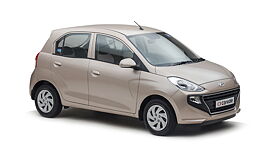

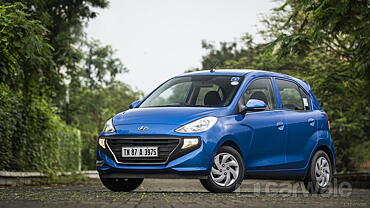

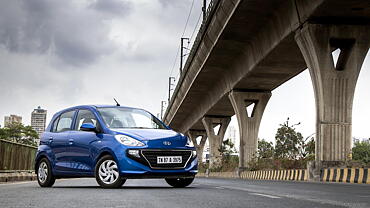


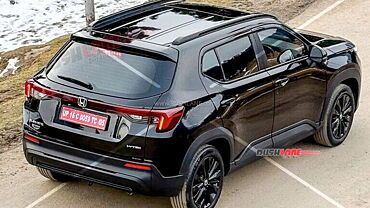








![Maruti Suzuki Celerio [2017-2021] Right Front Three Quarter Maruti Suzuki Celerio [2017-2021] Right Front Three Quarter](https://imgd.aeplcdn.com/199x112/n/cw/ec/31314/celerio-exterior-right-front-three-quarter-2.jpeg?q=80)
![Maruti Suzuki Celerio [2017-2021] Right Front Three Quarter Maruti Suzuki Celerio [2017-2021] Right Front Three Quarter](https://imgd.aeplcdn.com/199x112/n/cw/ec/31314/celerio-exterior-right-front-three-quarter.jpeg?q=80)
![Maruti Suzuki Celerio [2017-2021] Right Side View Maruti Suzuki Celerio [2017-2021] Right Side View](https://imgd.aeplcdn.com/199x112/n/cw/ec/31314/celerio-exterior-right-side-view.jpeg?q=80)
![Maruti Suzuki Celerio [2017-2021] Dashboard Maruti Suzuki Celerio [2017-2021] Dashboard](https://imgd.aeplcdn.com/199x112/n/cw/ec/31314/celerio-interior-dashboard.jpeg?q=80)
![Maruti Suzuki Celerio [2017-2021] Steering Wheel Maruti Suzuki Celerio [2017-2021] Steering Wheel](https://imgd.aeplcdn.com/468x263/n/cw/ec/31314/celerio-interior-steering-wheel.jpeg?q=80)



